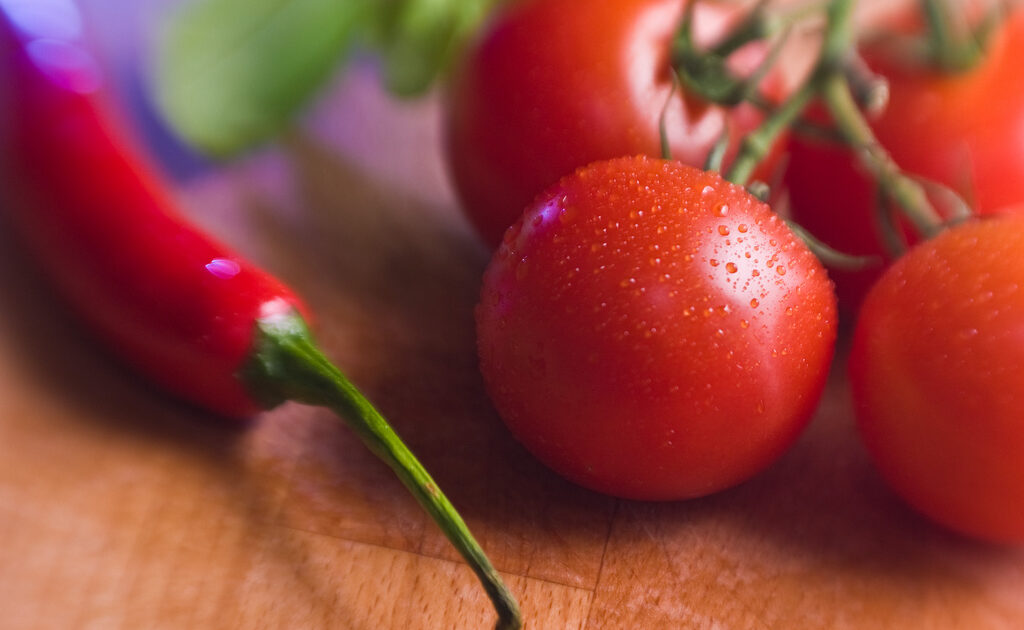6 Signs of a Nightshade Allergy in Children

A nightshade allergy is one of the trickiest to diagnose. Often, the first question is, “What is a nightshade exactly?” It’s not an easy one to answer. We all know what’s involved in dairy and nut allergies, that’s simple. But nightshades are a bevvy of vegetables and spices that can be hard to remember and hard to know whether any are in your foods—especially if you eat out. If your child is experiencing any of these six signs of nightshade allergy, you’ll need to learn the list.
Nightshades are a long list of vegetables including: white potatoes, tomatoes, sweet bell peppers, hot peppers, eggplant, goji berries, ground cherries and huckleberries, tobacco products (at least we don’t have to worry about this one with kids!) and many spices made from any of those vegetables (chili powder, Tabasco sauces, paprika and cayenne powders to name a few).
6 Signs of a Nightshade Allergy
1. Achy Muscles and Joints: Continuous exposure to nightshades can lead to muscles and joints aching or cramping frequently. The muscles may also be stiff, particularly when first moved in the morning.
2. Inflammation: As with most allergies and autoimmune issues, internal inflammation is a big issue with nightshade intolerance and allergy.
3. Sensitive Nerves: The nerves in your body may feel more sensitive or as if they are on fire.
4. Hip Pain: Your child’s hips and surrounding tendons might feel tender and be painful when moved or touched.
5. Heartburn: Some experience heartburn after eating nightshades.
6. Rash: A rash, commonly on the arms or trunk, may appear when nightshades are ingested.
I often call my daughter’s symptoms “little old man disease.” She gets achy and stiff if she overloads on nightshades. If your child or anyone in your family is experiencing these symptoms, consider a nightshade-free diet and consult your doctor or pediatrician. Avoiding nightshades can often lead to symptom reversal. Nightshade intolerant people can’t neutralize the enzyme that triggers pain receptors. Eight to 12 weeks of avoidance may lead to being pain free.
Once you’ve avoided nightshades and reset your child’s system, she may be able to eat limited nightshades without overwhelming her system. However, she should still avoid green tomatoes, reduce her amount of raw nightshades (cooked nightshades have less toxic alkaloids), and you should religiously read labels. Nightshades are common in many foods. Potato starch is often used as a thickener and prepared sauces are often rife with tomato and pepper-based spices.
Keep in touch with Kristi on Facebook, Twitter @VeggieConverter and Pinterest
Related on Organic Authority
Does Your Child Need an Elimination Diet?
Kids and Allergies: 7 Signs of Lactose Intolerance in Kids
6 Allergy-Free Smoothie Recipes Kids (and Adults!) Will Totally Love
Image: 96dpi

